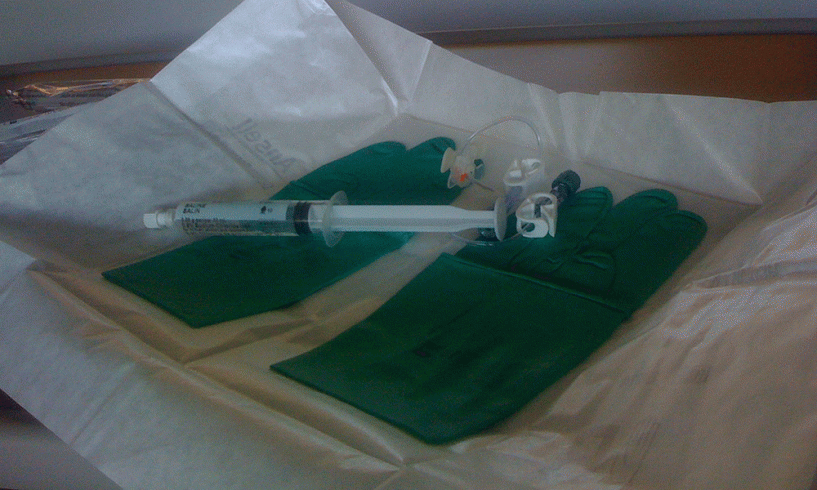Danielle has a double-lumen implanted port and is scheduled to receive rituximab for lymphoma. After accessing the lateral septum, the nurse is unable to get a blood return, even though saline flushes easily. Danielle comments that the “outside lumen hasn’t drawn well since it was placed a few months ago, and that the other nurses have been using the inside lumen.” The nurse accesses the inside lumen and is able to get a good blood return.
What Would You do?
Establishing patency prior to IV therapy is one of the basic foundations of parenteral medication administration. In addition to being able to easily flush a device, the presence of a brisk blood return has been recommended by both the Infusion Nurses Society and ONS.
Extravasation, with potentially serious sequelae, is typically associated with the administration of vesicant chemotherapy. The risks are different for nonvesicants, where patient harm is more closely related to infiltrating significant volumes of fluid. In Danielle’s case, the nurse was concerned that one lumen of the nondrawing catheter may have a fibrin sheath. Although the incidence is unknown, extravasation and infiltration from a fibrin sheath is a possibility. However, studies have not been conducted to evaluate the risk of using a patent lumen in a double-lumen catheter where the opposing lumen does not draw.
Ideally, both lumens would be functioning. However, Danielle stated that she needed to get her infusion started because she had to be home to pick up her children from school. Furthermore, an examination of Danielle’s chart showed that several instillations of alteplase had been used in the past without benefit.
Danielle’s nurse contacted her hospital’s clinical nurse specialist, who agreed with the physician that the patent lumen would be safe to use for the rituximab infusion. The infusion was completed without any complications, and a brisk blood return was again noted in the patent lumen at completion.






